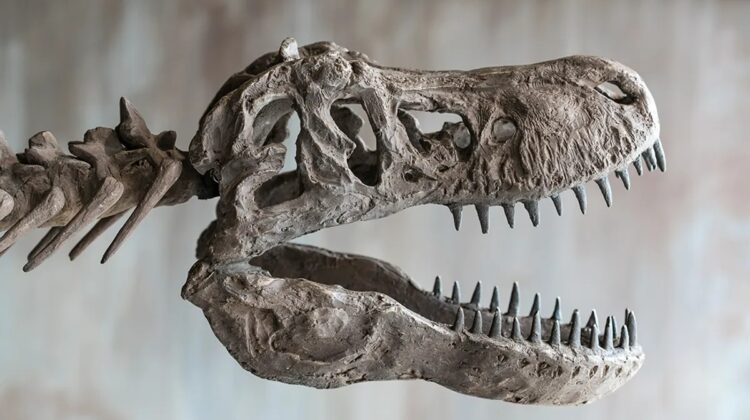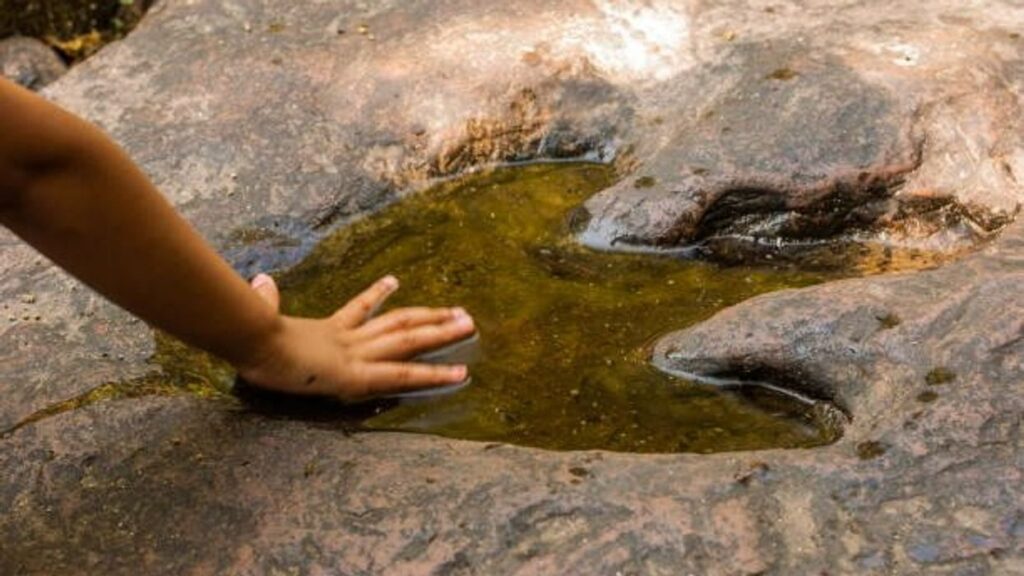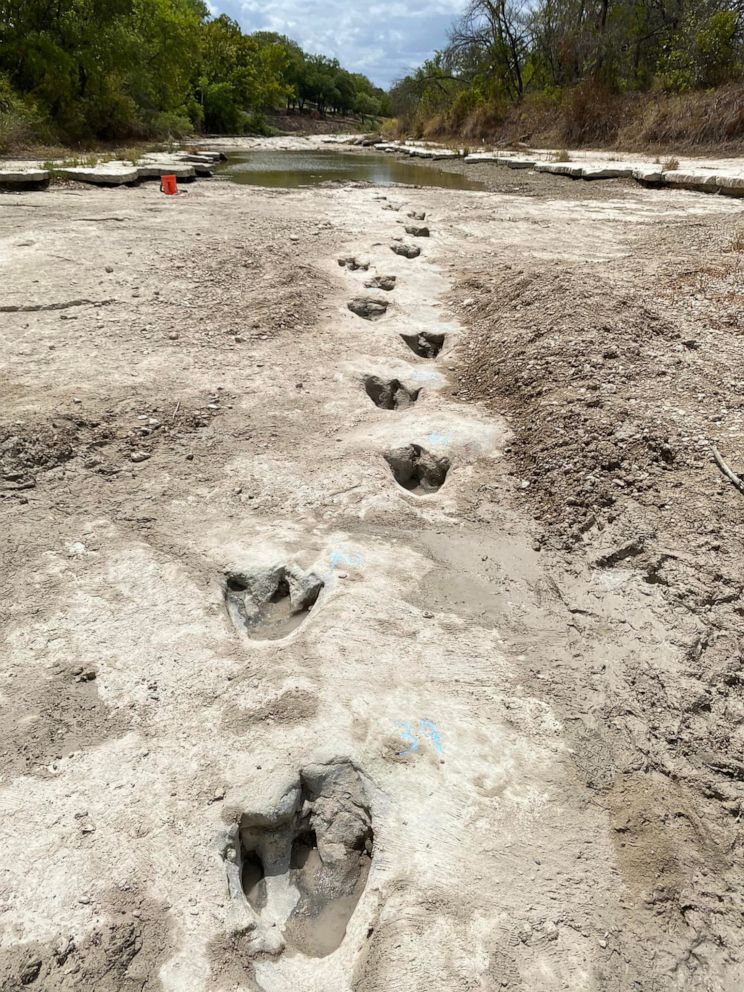
Well, here’s your answer.
In recent days, a video featuring a conspiracy theorist has gained traction, with the theorist challenging viewers to put their “critical thinking skills to the test” by posing the question: “If dinosaurs actually existed, wouldn’t their bones be everywhere?”
While it may seem like an exercise in critical thinking to question the existence of dinosaurs solely on the basis of not finding an overwhelming abundance of their bones, it’s a question that has been addressed many times over, readily accessible with a quick search on the internet.

To begin with, it’s important to note that dinosaur fossils have indeed been discovered on every continent. Their distribution, however, is not uniform, and this irregularity has nothing to do with a dubious conspiracy to strategically place dinosaur bones in remote locations. Rather, it is a consequence of the rarity of fossilization, a process that occurs under specific and uncommon conditions.
When an animal perishes, for it to eventually become a fossil, it must undergo burial beneath layers of sediment, followed by the accumulation of additional sediment over time. The mounting pressure compacts the remains, ultimately forming sedimentary rock. Crucially, during this process, minerals gradually infiltrate the encased bones, effectively transforming them into stone.
Because this process necessitates the gradual buildup of sediment layers over the carcass, most fossils are unearthed in aquatic environments where sediment, such as sand and mud, can envelop the body. Dinosaurs that met their demise on land rarely undergo the fossilization process.

“Most of the dinosaur fossils we find are from animals that were living near to a lake or river,” elucidated Dr. David Button, a dinosaur researcher at the Natural History Museum.
“Some died shortly before the area flooded and covered their remains in mud and silt. Others were washed into a river by heavy rain.”
It would undoubtedly be fascinating if dinosaur fossils were more widespread. However, due to the intricate conditions necessary for fossilization, there are likely numerous dinosaur species that remain undiscovered.
“We don’t know about many dinosaurs that lived in jungle or mountain environments. Fossils are very unlikely to form in such situations,” Button added.

A study conducted in 2006 estimated that approximately 71 percent of dinosaur species are yet to be unearthed. While it is theoretically possible for mountain-dwelling dinosaurs to be transported down to riverbeds where fossilization could occur, such occurrences are infrequent. Consequently, our knowledge of their unique adaptations and characteristics remains limited.
“While animals in these areas may have had lowland relatives, it’s quite possible there were small clades specialized to environments where they were unlikely to become fossils,” noted Karen Poole, a paleontologist at the New York Institute of Technology.
In conclusion, while dinosaurs have been discovered in various locations worldwide, their transformation into fossils hinges on specific conditions. As for the reference to Nephilim at the end of the video, it’s a topic best left untouched.

Leave a Reply